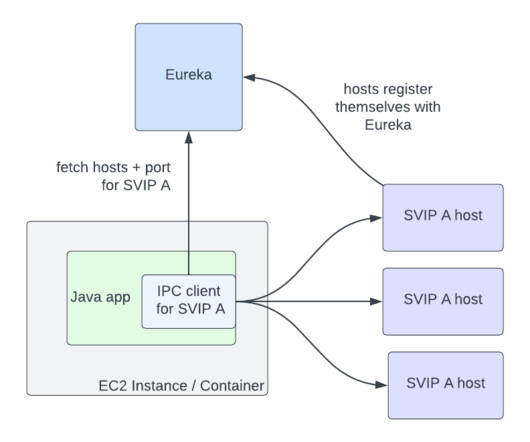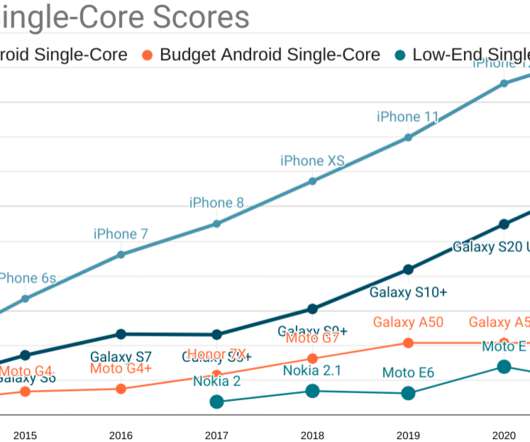Latency vs. Throughput: Navigating the Digital Highway
VoltDB
FEBRUARY 29, 2024
In this fast-paced ecosystem, two vital elements determine the efficiency of this traffic: latency and throughput. LATENCY: THE WAITING GAME Latency is like the time you spend waiting in line at your local coffee shop. All these moments combined represent latency – the time it takes for your order to reach your hands.



































Let's personalize your content